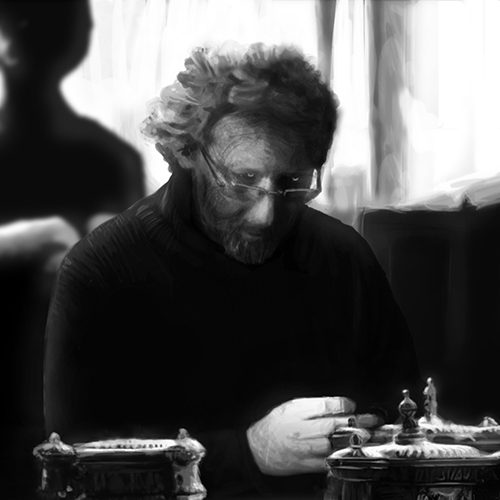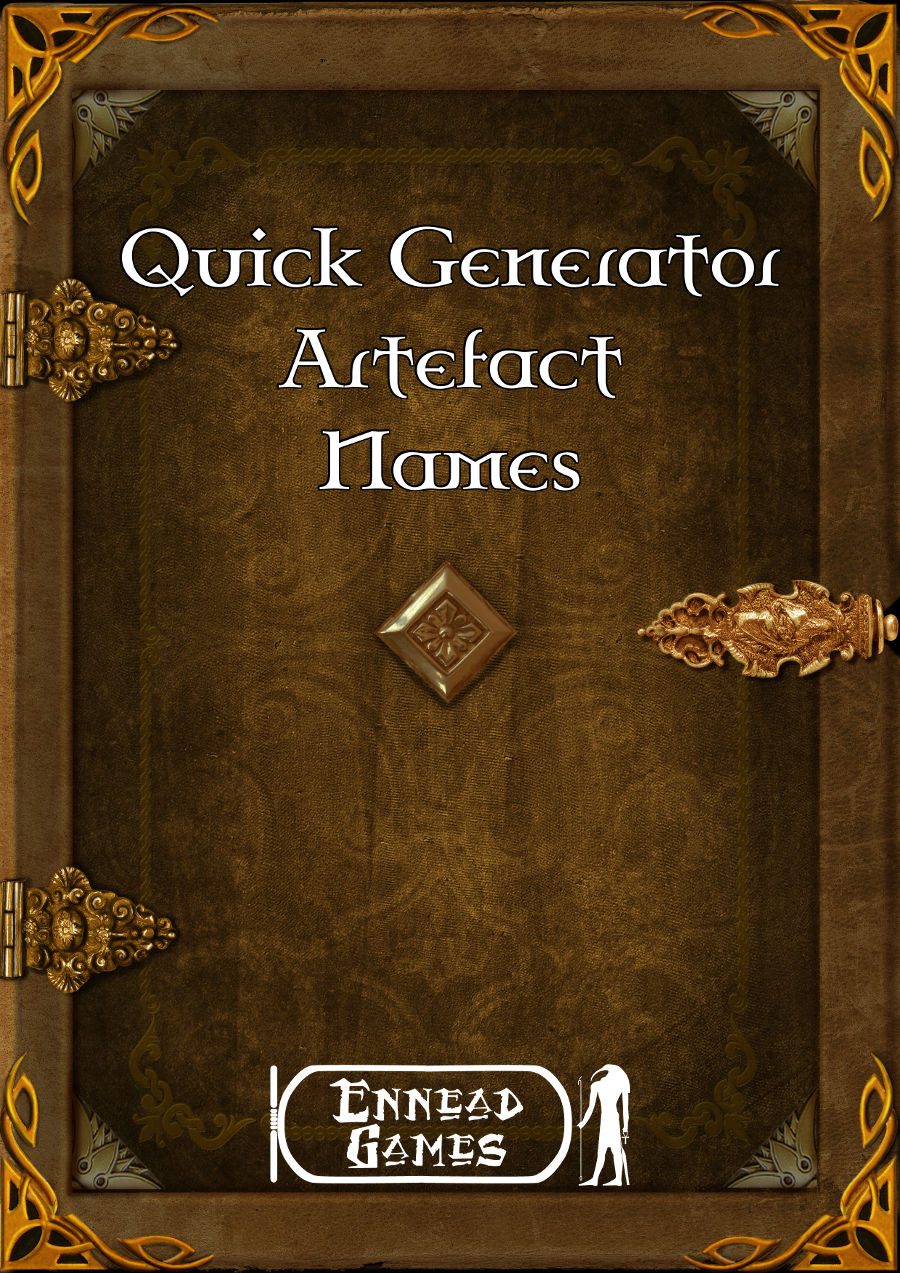
Pursuit Sequences in HeroQuest 2, Part 3, Pursued
Phil Nicholls blogs at Tales of a GM, where he writes about narrative gaming, faster prep and more story. He is currently running a HeroQuest Glorantha campaign in a home-brew setting. Phil has written for Johnn Four’s Roleplaying Tips newsletter and has a selection of self-published pdfs.
This essay is taken from the archives at Tales of a GM.
This is the third article about how I run a chase in HeroQuest 2. This in turn follows on from my earlier review of the Paizo Chase Cards 2, Hot Pursuit. Previous articles dealt with how to set up the chase, and how to run the chase when the Heroes are the chasers.
Pursuing the Heroes
The Chase is set up, with appropriate markers, and the required number of Chase cards between the Heroes and their pursuers. As noted before, I also explain to the Players how the RP will be assigned for the duration of this chase. Then it is time to begin the chase.
When it is the Heroes being pursued, I apply the mechanics of HeroQuest a little differently. Now the Heroes accumulate their own Victory Resolution Points [RP], rather than inflicting them on their opponent. Heroes escape their pursuers at five or more RP. This is the opposite of the standard HeroQuest process, but it reflects the process of being chased. Here the Heroes are trying to obtain a goal, namely to escape the pursuers.
Also, the Hero at the back of the chase, and ONLY that Hero, awards their Defeat RP to the pursuers. When there are two or more Heroes at the back of the chase, then it is the least successful Hero who adds their RP to the pursuers.
Once the pursuers have accrued five or more RP, then they have caught the trailing Hero. At this point, the pursuers may want to continue the chase after any Heroes who have yet to escape. If so, then subtract five RP from the pursuer’s total, and continue. This would leave a new Hero at the back to potentially add to the pursuer’s total.
In Hot Pursuit
At the start of every round after the first, a new Chase Card is added ahead of any Heroes who have passed the last obstacle card already placed down. If space on the table is becoming tight, then I will remove the cards behind the pursuers, as these are no longer needed for the chase.
Once again, each Hero needs to individually roll against the obstacle on the Chase Card immediately ahead of them. As always, the success, or failure of this roll determines whether the Hero overcomes the obstacle and passes on to the next one. A Hero accumulates their Victory RP, and will escape the chase entirely once they have five RP. Finally, the Hero markers are moved and the narrative for each Player will also reflect their progress.
If a Hero fails to overcome an obstacle, then they do not move forward, but will not suffer RP as normal in an Extended Contest. The narrative has them caught up in the current obstacle. Maybe they fell over, are boxed in or stalled in some way. As I tend to move the pursuer marker every turn, this will close in on stalled Heroes. This tend to ramp up the tension at the table.
Remember, it is only the rearmost Hero who awards RP to the pursuers when that Hero fails to overcome an obstacle. This means that the pursuers are closing in on them. I play up this fact in the narrative. Meanwhile the leading Heroes are effectively only rolling to overcome the environment and move forward along the path of Chase Cards.
Ending the Chase
Each participant is out of the Chase once they reach five RP, in this scenario, the Hero has escaped the pursuit. When the Heroes are being chased, the pursuers capture the rearmost Hero once the pursuers accrue five RP. Depending upon the size of the pursuing group, some of them may then continue the chase after the next rearmost Hero.
If the Heroes escape, then they may receive Lingering Bonuses, depending upon the narrative. Of course, these pursuers may return in a later part of the story to plague the Heroes once more.
On being Caught
If the chase ends with a Hero being caught, then once more the decision to run a combat will depend upon the needs of the plot, the desires of the Players and the energy levels at the table. As I prefer not to chain together Extended Contests, then I usually narrate the outcome, namely that the Hero has been captured by the Queen’s Guards, or whoever. The chase itself represented the Hero’s attempts to evade capture, and they have failed.
This would be different if one Hero wanted to make a heroic last stand against the pursuers, in the style of Gandalf at the Bridge of Kazad-dum. In this case I would make an exception, as it would make such a tense encounter.
Can the lone Hero buy enough time for the rest of the Heroes to escape? The consequences of Defeat in this case would be severe. Yet, the heroic last stand is such a classic plot device. I definitely want to play out the full drama of one Hero’s self-sacrifice for the sake of the rest of the Heroband.
Conclusion
This concludes my short series on running chases in a narrative game. I hope the example rules from HeroQuest help you formulate your own approach. Being pursued is a thrilling encounter which should appear more often in RPGs. The dramatic tensions are different when the Heroes are being pursued. Now the Heroband is only as strong as its weakest link.
How do you run a pursuit? Have you played any dramatic chases? Please use the comments to share how you handle this option in a narrative game.
Happy Chasing
Phil
For more essays from Phil, and updates about his latest campaign, visit Tales of a GM.




2 thoughts on “[Tales of a GM] – Pursuit Sequences in HeroQuest 2, Part 3, Pursued”
Comments are closed.